We've had a number of optical transceivers fail recently and I am trying to track down the cause. It has happened with two different models: HFBR-53A5VSEMZ (now obsolete), and the TSP-D1CH2-C11.
Some have failed after 18 months in the field, and some after 1 month. We have also seen some fail after our burn-in procedure. All of the failures I've examined behave the same way: the VCSEL integrated into the transceiver is no longer emitting anything. The receiver end always looks fine.
I suspected some kind of electrical overstress (EOS) or electrostatic discharge (ESD) damage, and according to a couple of sources I've found (3 and 4), this type of damage should cause an increase in reverse bias current leakage. So, I measured reverse leakage current in both a working and failed VCSEL. Unexpectedly, the leakage in the failed unit was less than the leakage in the working unit:
I also measured the forward I-V characteristics:
Does anyone have any insight about what kind of damage could cause data like this?


